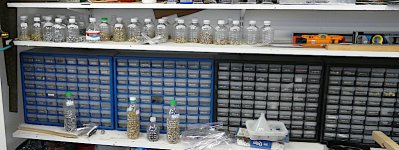Why are the kits that come to us divided into a subkits that do not follow the chapters in the book? In order to start the Fuselage I must know to open 5 or 6 different subkits for 1 or 2 parts from each instead of just putting them together in one subkit.
Is it something I can change to make it easier for me that I'm missing?
Building on,
Robert
Is it something I can change to make it easier for me that I'm missing?
Building on,
Robert





